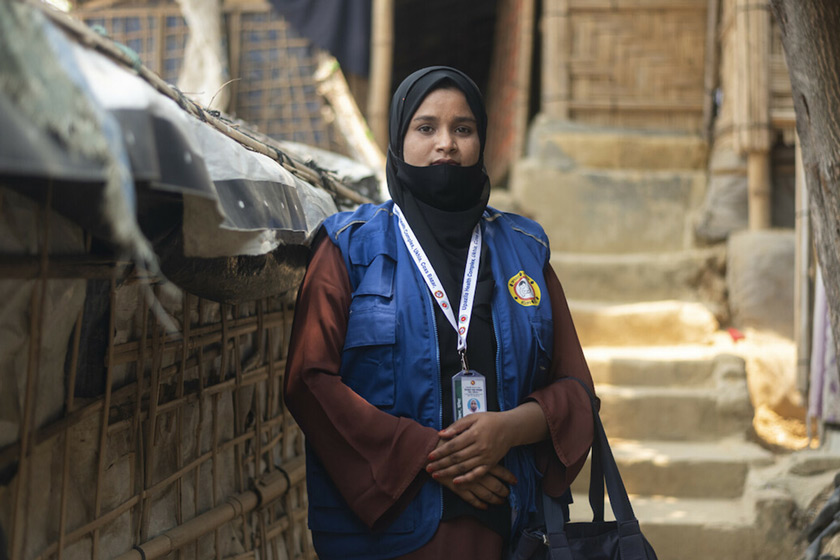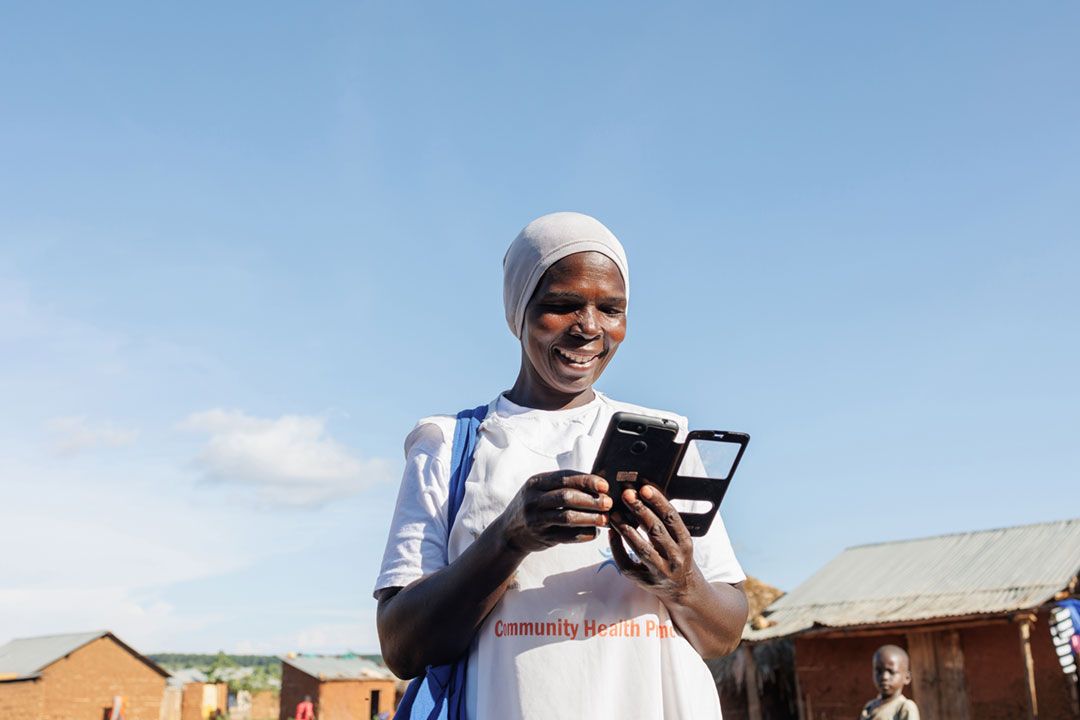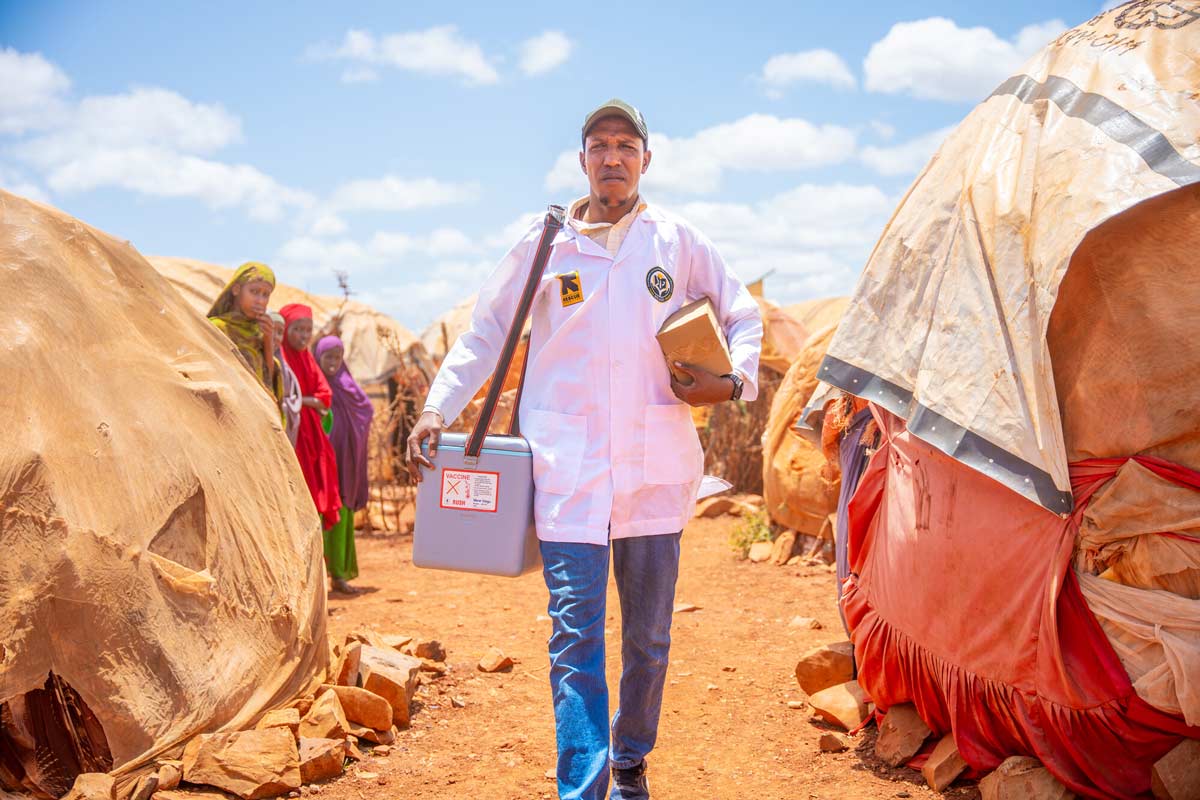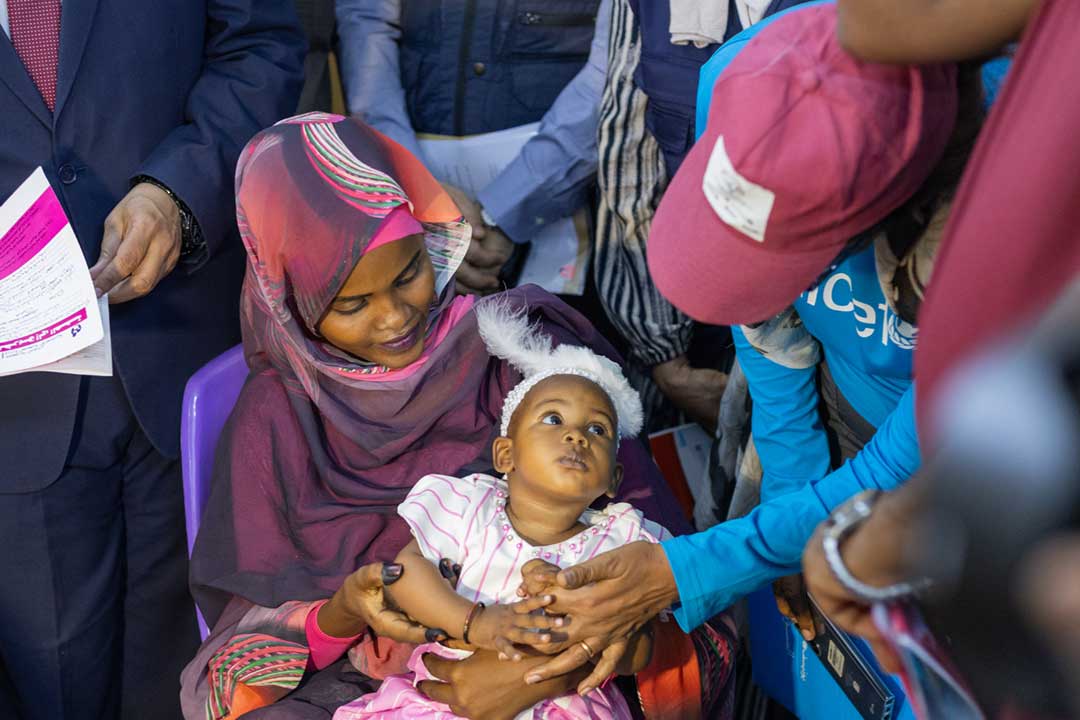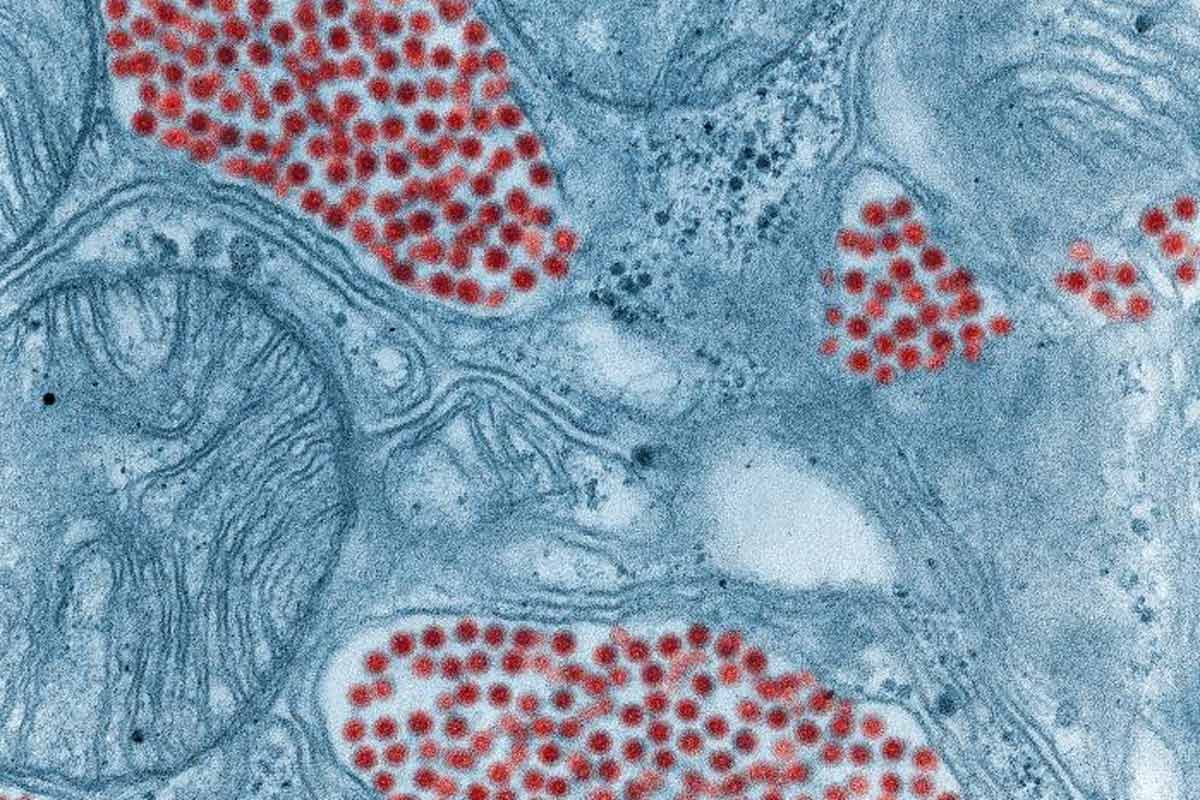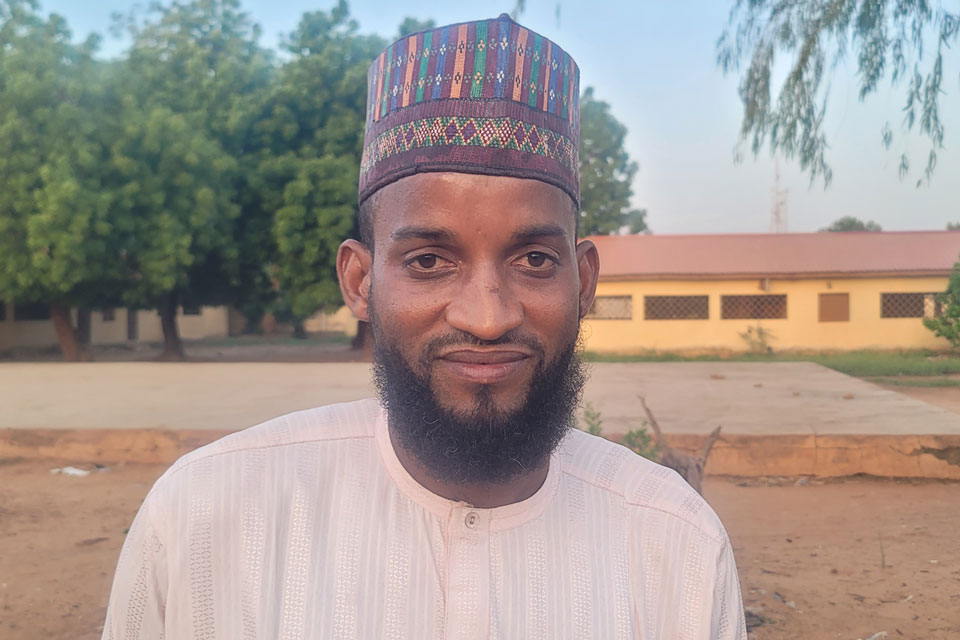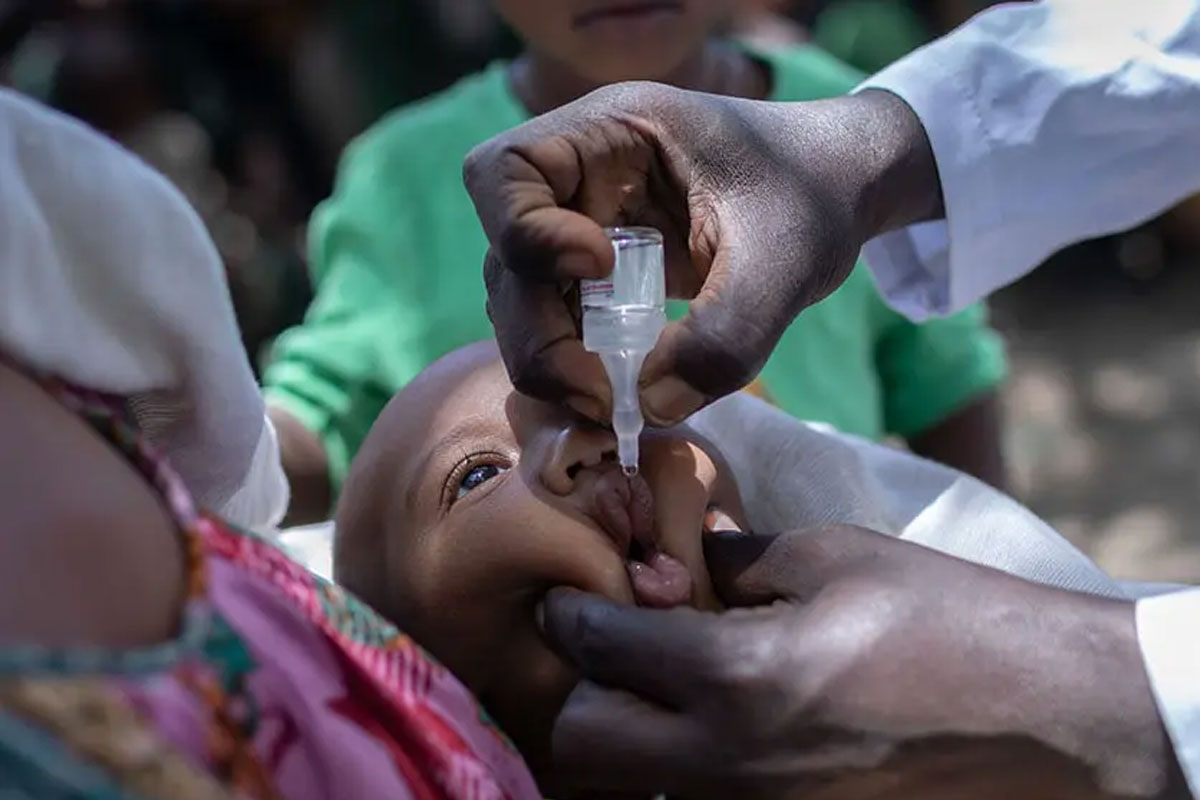Climate change and health: five insights from the frontline
A new report synthesises the experiences and insights of health practitioners on how climate change is affecting the health and well-being of populations in the Global South.
- 1 March 2024
- 7 min read
- by Ian Jones

From extreme weather events to the expansion of disease-transmitting mosquitoes into new territories, climate change is affecting human health in various ways. In 2023, more than 1,200 health workers from 68 countries in the Global South shared observations on how their local communities are being affected, as part of a unique listening and learning event organised by the Geneva Learning Foundation.
Here are five insights gleaned from a comprehensive analysis of these observations:
1. Climate change is happening now and is already a serious threat to communities
Respondents described how local environments have been transformed and natural weather patterns disrupted. Seasons have become more unpredictable or are noticeably changing in duration. For people whose livelihoods depend on these patterns, such as farmers, this introduces more uncertainty. Respondents also reported more extreme weather events – more heatwaves, more droughts, more storms – all with major implications for health.
"In the past, during our college years, we were taught that the dry season typically began in mid-May and ended in mid-August. However, the climate patterns have shifted over time. Now, we experience rains that extend until mid-June, and the dry season persists until September."
– Germain Kapour Kieng, Ministry of Health, Kinshasa, Democratic Republic of the Congo
The contributions do not prove that climate change is happening, or that it is affecting people's health. Many rigorous scientific studies have demonstrated that beyond reasonable doubt. What the contributions do, is bring to life the experience of climate change at the human level, vividly illustrating how climate impacts are affecting everyday life in a way that statistics may struggle to convey.
2. Communities are experiencing multiple climate impacts, all at the same time
Heatwaves, drought, floods, dust storms and wildfires were all reported to be on the rise, with multiple implications for health. Malnutrition, water- and vector-borne infectious diseases, mental health disorders and many other health issues were felt to be increasing locally because of the changing climate. More opportunities for mosquitoes to breed and disrupted sanitation promote the spread of infectious disease, and lead to more childhood illness, taking time away from caregivers.
"Last year in my community when there was too much rain, many people had problems. Water entered into houses and spoiled so many belongings. As people were sleeping, one 12-year-old girl was carried away and has not been found. Because of poor drainage, when it rains, sewage overflows and you find most of the places are in very bad condition. When children go out to play, pick things up, and put them into their mouths, they get sick stomach aches. There were so many airborne diseases and because nearly everybody was sick, there was not enough medicine in the public facilities."
– Taphurother Muhonja Mutange, health facility worker, Kangemi, Kenya
How communities are affected ultimately depends on their local geographical context. But a common theme was that climate change appears to be having multiple health consequences, even within the same community. Out of 17 possible impacts, 13 were reported by at least 25% of respondents.
"The rainy season is short-lived, resulting in meagre harvests by its end. In terms of health, the area has a high rate of chronic malnutrition among young children, as well as cases of anaemia. Nouna is categorised as part of the regions known as the "Granary" or Agro-Pastoral Zone. These areas traditionally provide food during the lean season to other regions and even neighbouring countries. In recent years, nutritional surveys have highlighted a serious issue of malnutrition among young children."
– Anonymous, Ministry of Health, Burkina Faso
The decreased ability to grow food or catch fish for personal use or trade, and impacts on livestock, together have financial and psychological as well as nutritional effects, affecting the ability to pay for health services and mental well-being. Several respondents also highlighted the damaging social consequences of these changes.
Extreme weather events can damage health facilities and make it harder to access them when roads become impassable.
"Due to climate and weather changes, food production has declined. There has been job loss, low income, and depression. Also, men became alcoholics, which is now a national menace the government is trying to fight."
– Joseph Mbari Ngugi, health facility, Ministry of Health, Murang'a, Kenya
3. The impacts of climate change are compounding other social and environment challenges, with devastating impacts on communities and ways of life
Many respondents highlighted challenges that, on the face of it, have little to do with climate change. They reported how activities such as deforestation, increasing industrial land use such as mining, or extra road traffic are detrimentally affecting local populations, for example, by decreasing air quality.
Have you read?
"The town serves as a hub for mining activities and is home to the first alumina factory in West Africa… During the dry season, the city becomes enveloped in a pall of white smoke, which significantly hampers breathing conditions."
– Anonymous, Fria District, Guinea
This illustrates how climate impacts are not being experienced in isolation, but are interacting with other social and environmental changes to affect the health and quality of life of communities.
"Climatic changes have led to several challenges. Unplanned power cuts have become common, often due to reduced water levels or increased monitoring of flooding at the Ruzizi hydroelectric power plant. Such monitoring efforts sometimes inadvertently lead to blockages in various water conduits.
Public health is also severely impacted. Diseases linked to poor sanitation, contaminated water and unhygienic practices, such as those related to dirty hands, have become more prevalent. The scarcity of safe drinking water further exacerbates health issues. Unfortunately, effective waste management policies are lacking, contributing to environmental degradation and health risks."
– Munganga Barhasima Antoine, Bukavu, Democratic Republic of the Congo
Dealing with the impacts of climate change therefore means recognising these impacts and adopting a more holistic perspective that recognises the full social and environmental disruption facing communities.
4. The most disadvantaged are the most vulnerable
A recurring theme was how climate impacts often affect those with the least capacity to respond. Subsistence farming, for example, is typically a precarious existence, with little or no scope to accommodate even minor changes in productivity. Food shortages can lead to increased prices, unaffordable to those with the lowest incomes. People with existing health conditions, such as cardiovascular disease or diabetes, are also more vulnerable to a hotter, harsher, more polluted environment.
"In the extreme heat, there was also a scarcity of food, especially fruits and vegetables. People who could afford air-conditioned houses enjoyed life while others who could not, continued to adjust to endure the heat. People were not looking healthy. Poverty and stress were written on people's faces. Cases of malnutrition and anaemia increased. The high cost of living and scarcity of food in the markets led to general insecurity."
– Dr Martina Ezema, NGO worker, Nigeria
A key factor is resilience. The poorest tend to have the least resilience and capacity to adapt. They are most likely to experience loss of livelihoods, catastrophic health expenses and displacement – as well as the mental health impacts these changes bring.
"The weather pattern has changed so much in my community of Kajiado, affecting pastoralists. Many animals have died, and as animals were the main source of financial stability, many homes are now starving due to lack of rainfall."
– Angela Sation Kisoso, private industry, Kajiado, Kenya
Women are another group at particular risk. In many settings, they carry a high domestic workload, often made harder because of environmental changes linked to climate change and other factors, such as reduced access to clean water. They are also less likely to have access to resources to cope with changing demands. Everyday challenges such as menstrual hygiene can also become harder.
"Prolonged drought dries up the dirty community stream that serves both livestock and residents. This makes it difficult for community members to access water, and much harder for menstrual hygiene management for teenage girls, leading to an increase in infections in the unbearable heat. Due to the difficulty in managing the monthly menstrual cycle due to limited access to water sanitation, hygiene and period poverty, many teenage girls prefer to get pregnant to save them the worry of menstruating monthly for nine months."
– Linda Raji, an NGO worker in the Kaida and Waru communities, Nigeria
5. Health workers care and want to help their local communities
The responses illustrate the concern felt by health workers, who can already see what is happening in their communities. Several described how they have been taking steps to address climate impacts, and how they have been working with communities to protect health in the face of a changing climate.
Health workers are often driven by an altruistic desire to help others and are typically trusted and respected by their communities. They also are acutely aware of the multiple pathways through which environmental disruption is likely to affect people's health. Empowering health workers to engage with local communities, alongside other key stakeholders with the capacity to affect living conditions, could offer a way to address the urgent challenge of climate impacts on health.
